You can contact LEARNZ, part of CORE Education, at:
Postal Address:
PO Box 13 678,
Christchurch 8141,
New Zealand
On this field trip we will be exploring walking tracks in the Haakarimata Ranges, which is near Ngaaruawaahia, and 10 kilometres north-west of Hamilton / Kirikiriroa. It is a great place to enjoy a walk or tramp through native bush. There are different tracks of varying length, including the popular summit track with 1349 steps to the top! From the many viewpoints on the Haakarimata Ranges you can look out to the Waikato River and the land around Ngaaruawaahia.
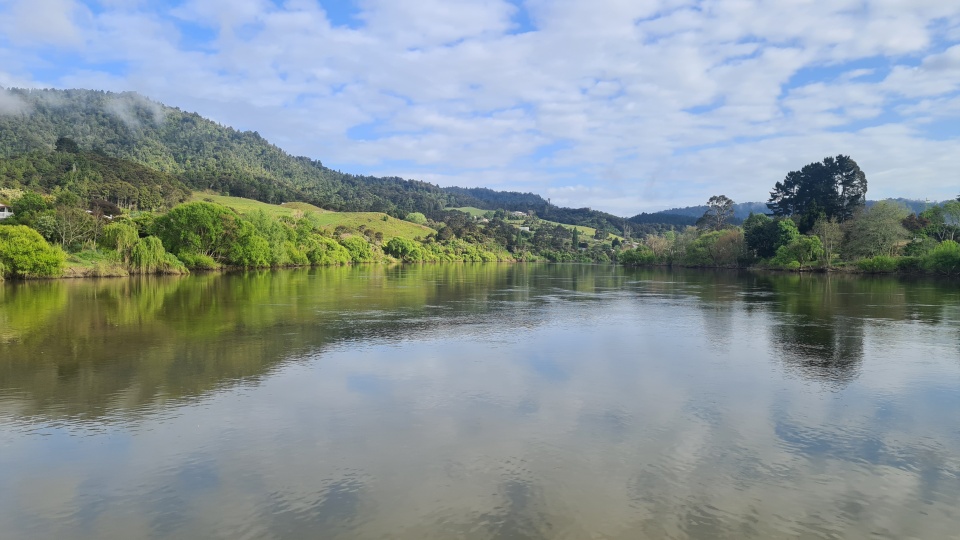
Six hundred years ago the Tainui tohunga, Rakataura, arranged for stone boundary markers to be placed on the range. Such sacred stones, known as mauri koohatu, were often used to ensure a good crop, safe journey, or protection of the environment. In the Haakarimata, they helped set up laws of tikanga within the area around land use and access, food gathering and food cultivation.
In the late 1600s, a renewed alliance between the Waikato people and nearby Ngāti Maniapoto was cause for celebration. A hākari (feast) consisting of large amounts of kaimata (uncooked food) was presented as part of this celebration. And so, the nearby hills where much of the food came from, became known as Haakari-kai-mata, now shortened to Haakarimata, in honour of the abundance.
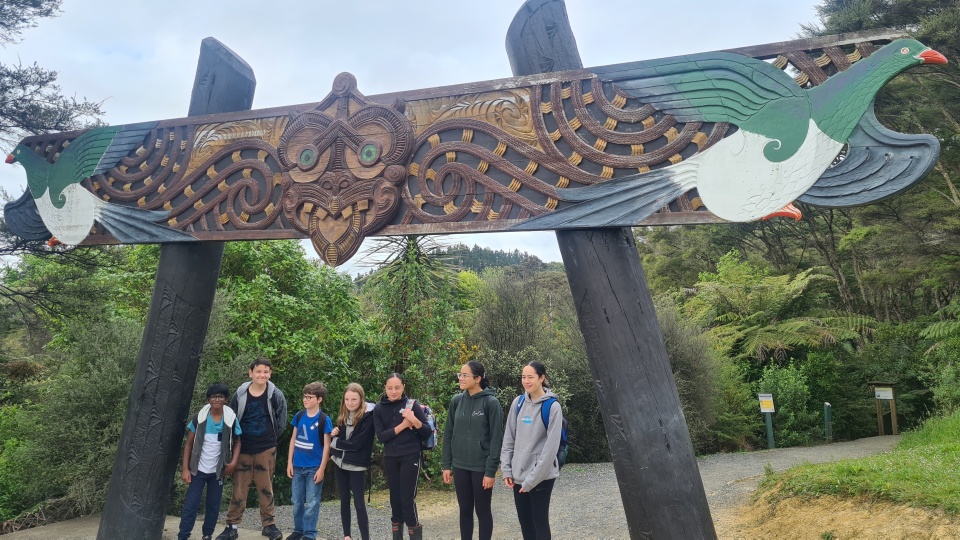
Haakarimata is a unique place. It is mainly lowland forest, but also shares aspects of northern kauri forest and southern beech forest. It has a diverse range of plants and animals from all three forest types. It is also the largest remaining example of lowland forest that once dominated the Waikato Basin. Most lowland forest was converted to pasture for agriculture and now only exists in small sections.
Many streams flow off the ranges. They provide habitat for native fish including short and long finned tuna (eels) and the 'whitebait’ fishes, including threatened banded kōkopu, short jaw kōkopu, and giant kōkopu. These fish all complete their life cycle by migrating to sea 100 kilomtres downstream at Te Pūaha-o-Waikato (Port Waikato).
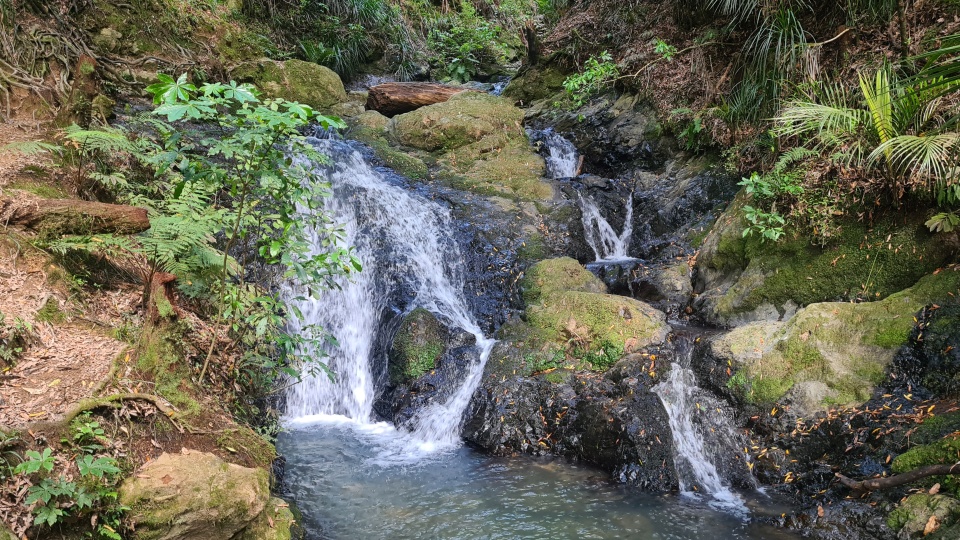
Since the land was made into a reserve (from 1905 onwards), the outer areas and lower slopes have slowly regenerated after a history of light logging and fires. Introduced animals can cause significant damage to native plant and animal life in Haakarimata. It is estimated 70% of New Zealand's forest birds (and bats) do not reach fledgling age due to predation by introduced animals.
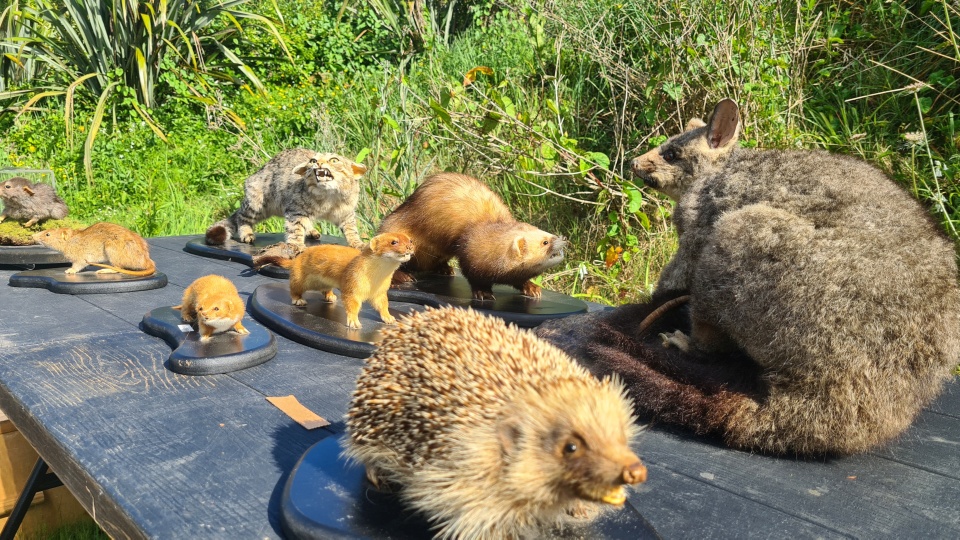
Community restoration is helping to reduce introduced animal numbers in the reserve. About 200 hectares of privately owned forest adjoins the reserve, some of which is protected by covenant and being managed to control plant and animal pests. Predator Free Hakarimata is working hard to protect native flora and fauna by removing introduced predators like rats, possums, mustelids (ferrets, stoats, and weasels), and wild cats from the maunga.
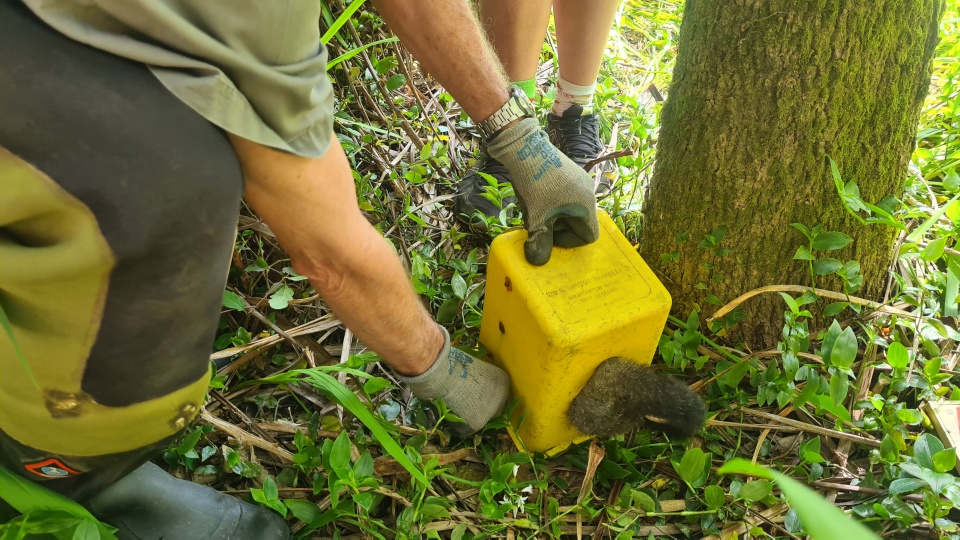

Try the Haakarimata Ranges quiz.
Check out the Google Earth tour for this online field trip and find out more about the Haakarimata Ranges.